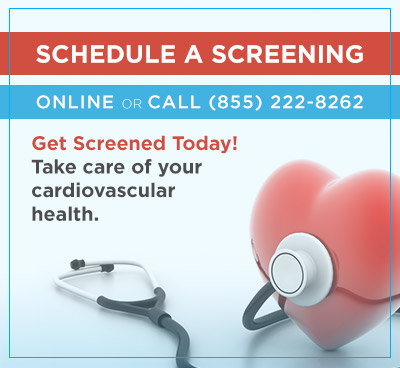What is A Coronary Stent?
A stent is a small metal coil or mesh tube that is used to widen or hold open an artery in order to improve blood flow to your heart. Doctors use stents to treat coronary artery disease (CAD), caused by a buildup of plaque inside the coronary arteries, which supply your heart muscle with oxygen-rich blood. When plaque builds up in the arteries, the condition is called atherosclerosis.
What Can Cause A Coronary Stent?
When plaque narrows the coronary arteries, it can cause chest pain or discomfort, called angina, and also increases the risk of blood clots forming in your coronary arteries. If blood clots block a coronary artery, it causes a heart attack. Doctors may use coronary angioplasty and stents to treat CAD. The stent supports the artery’s inner wall and reduces the likelihood that the artery will become narrow or blocked again. Some stents release medication to reduce the amount of scar tissue that forms inside the artery, which also helps prevent a recurrence.
The Coronary Stent Procedure
During the procedure, a doctor will make a small puncture in a leg or arm. A very thin, flexible tube called a catheter will have a balloon attached to its tip. A stent is placed around the deflated balloon. The doctor then threads the catheter through a blood vessel to the narrow or blocked coronary artery. Special x-ray images will be taken of the tube as the catheter threads through the blood vessel to help the doctor position the catheter. A dye is injected to visualize the blood vessels.
Once the catheter is properly positioned, the balloon is inflated to push the plaque against the wall of the artery, allowing more blood to flow through the artery. The fully extended balloon also expands the stent, securing it into place inside the artery. In time, cells in the artery will cover the mesh of the stent, creating a layer that looks like the inside of a normal blood vessel. Allowing more blood to flow to the heart will decrease angina symptoms.
Recovery After Coronary Stent Procedure
During recovery, a patient must lie flat and drink water to help flush the contrast liquid out of the system. A friend or relative can drive you home once sufficiently recovered. Do not operate a vehicle the day of your procedure.
You might notice a small bruise or lump at the incision. A small bruise or lump is normal and will fade within a few weeks. However, call a doctor immediately if any sign of infection, such as swelling, redness, bleeding, or drainage at the incision site; shortness of breath; trouble urinating or blood in the urine; a fever higher than 101 degrees Fahrenheit; or pain or aching, pressure, tingling, or a burning sensation in the chest, back, neck, throat, jaw, arms, or shoulders.


